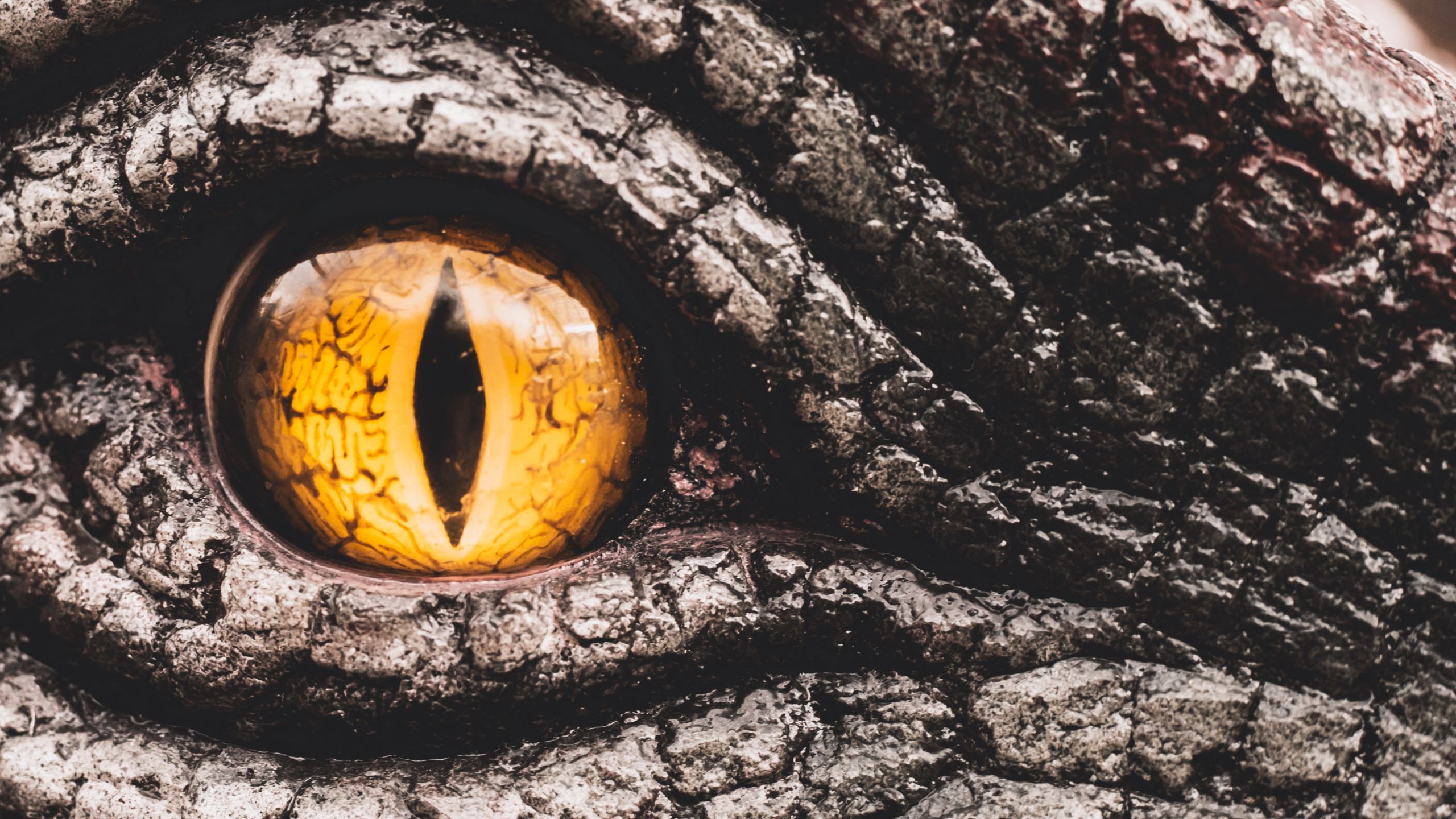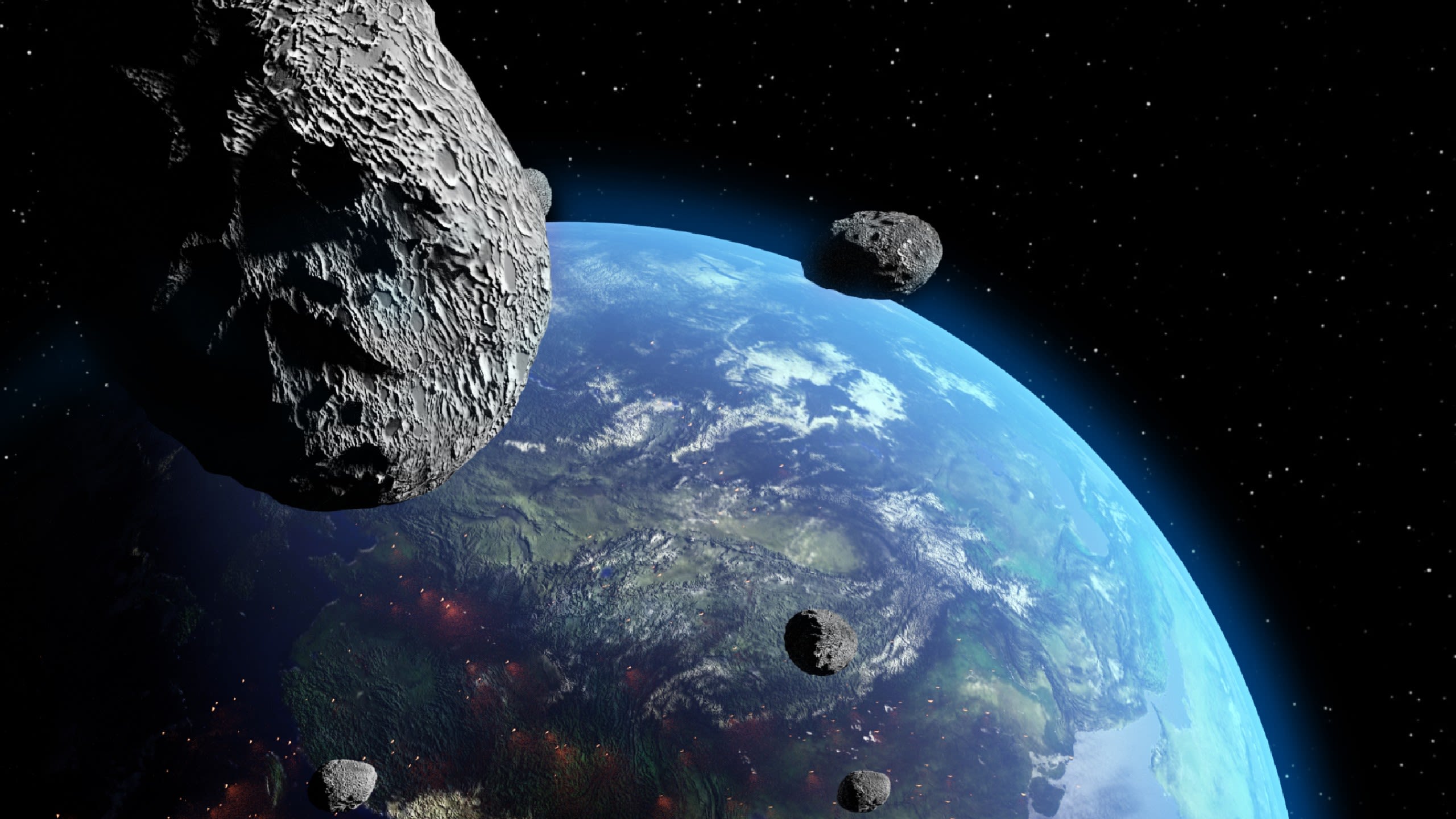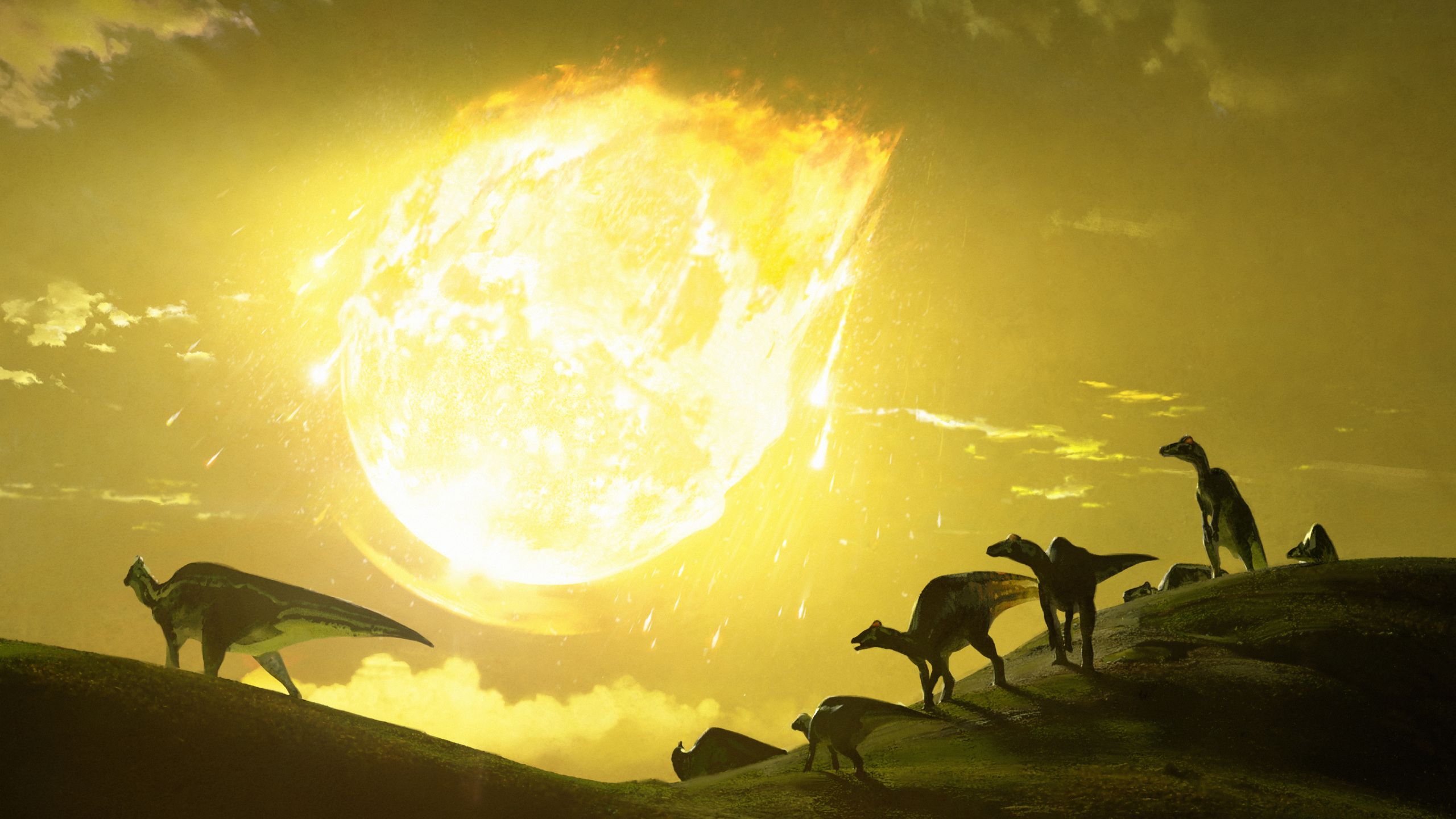The dinosaurs: From dominance to doom
They roamed our planet over 66 million years ago, yet dinosaurs continue to teach us new things about life on Earth.
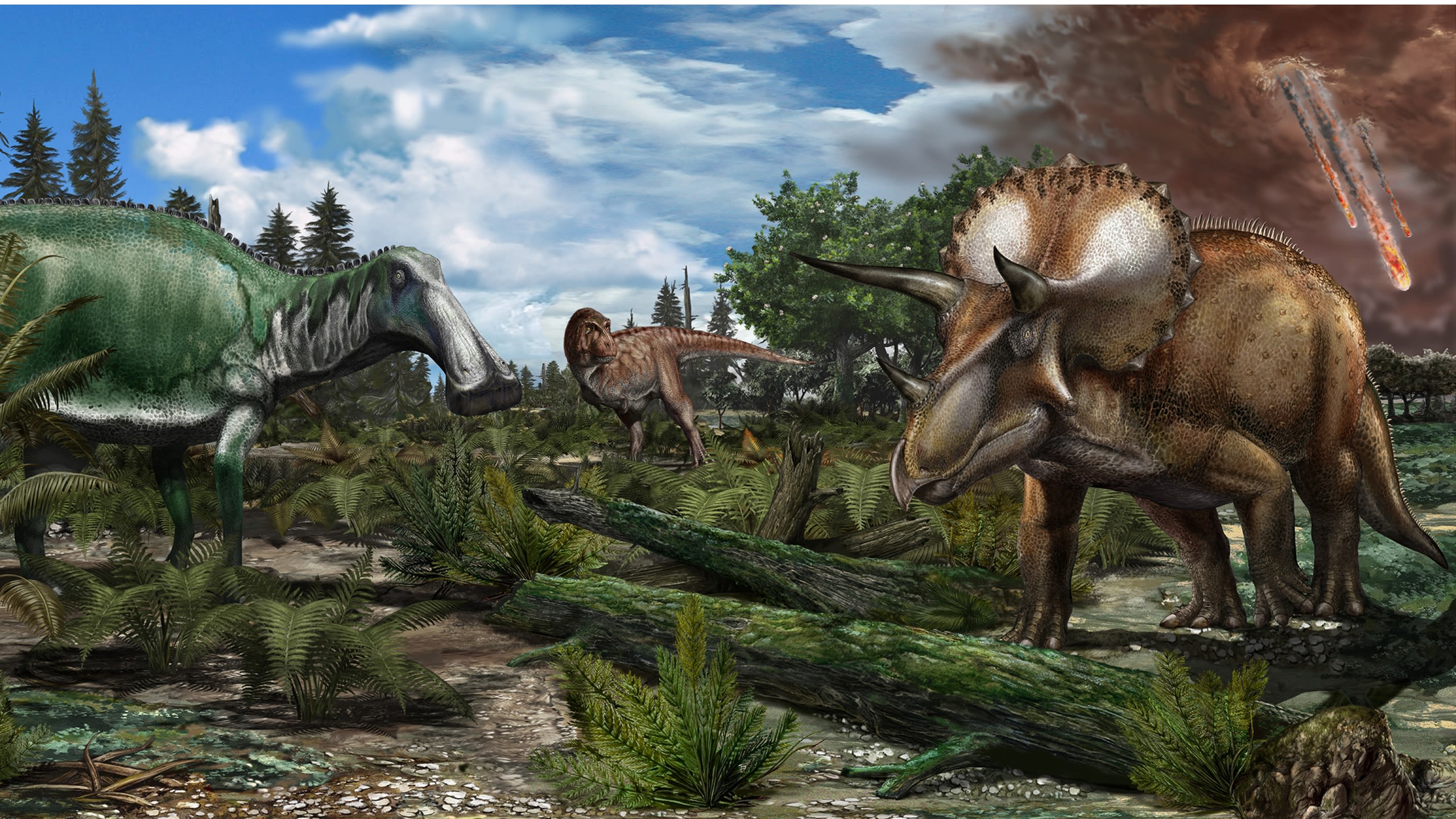
We take a journey through time to explore the work of the Imperial researchers building a bigger picture of the lives – and deaths – of the dinosaurs which walked, flew and swam on Earth for over 165 million years.
Dinosaurs roamed the Earth in the Mesozoic Era, which is split into the Triassic, Jurassic and Cretaceous periods. They first emerged during the Triassic period around 245 million years ago. At the time, all continents were part of a single land mass – the supercontinent Pangea.
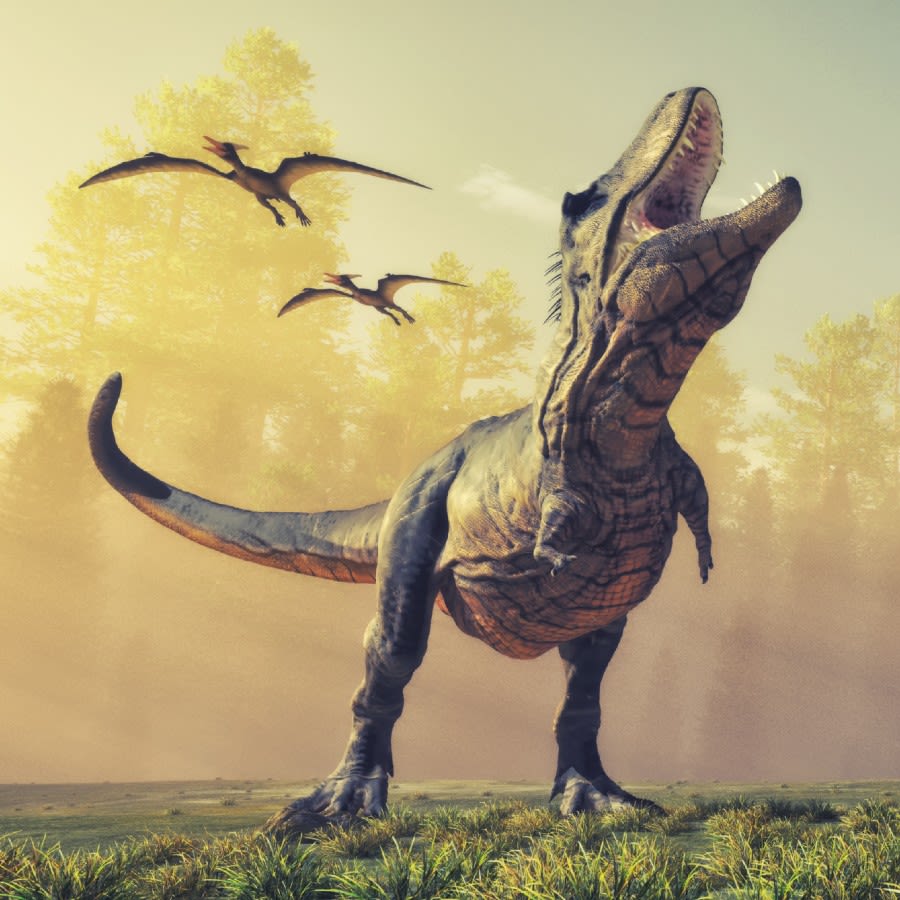
Tyrannosaurus rex and pterodactyls (Shutterstock)
Tyrannosaurus rex and pterodactyls (Shutterstock)
The climate was hot and dry, and much of the land was covered in large deserts. Because of this, there was little diversity between the animals and plants in different areas during the first period of the dinosaurs.
174 – 164 million years ago: Mid Jurassic Period
Our journey through Imperial’s research begins in the Middle Jurassic Period, as the supercontinent Pangea was splitting into separate continents – Laurentia in the North and Gondwana in the South. Rainfall increased due to the seas forming between the landmasses which allowed lush ferns and forests to grow.
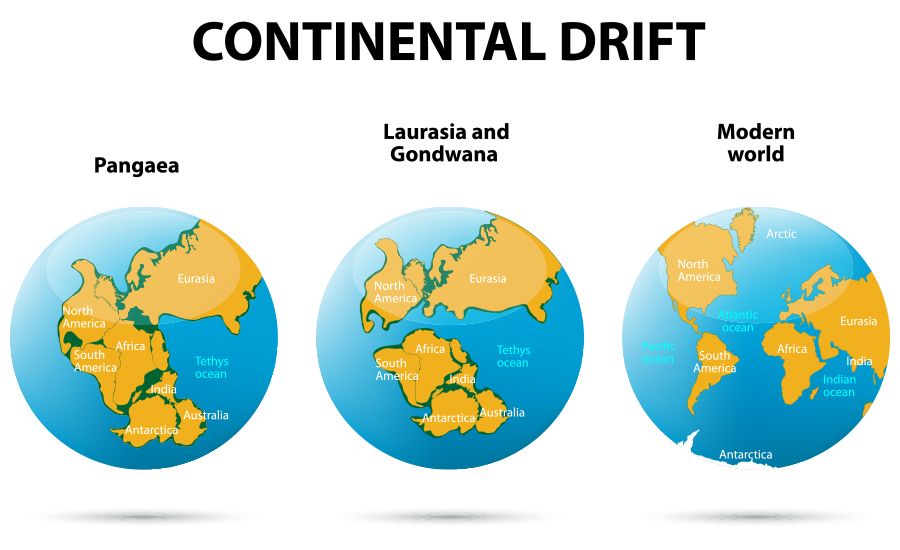
Continental drift from Pangea to modern world (Shutterstock)
Continental drift from Pangea to modern world (Shutterstock)
During this period, groups of land animals diversified as they spread across the globe and some of the major dinosaur groups emerged, including brachiosaurs and megalosaurs.
Dinosaur fossils from the Mid-Jurassic epoch are relatively rare, but new fossils and species from the period are still being discovered, allowing researchers to gain a greater understanding of the evolution of life on Earth.
‘Amazing dragon from Lingwu’ In 2018, researchers at Imperial, the Chinese Academy of Sciences, and UCL found the world’s oldest neosauropod species in Lingwu – a city in northern China. The dinosaur, named Lingwulong shenqi (the ‘amazing dragon from Lingwu’), is a member of the diplodocoid sub-group and would have been 15 metres long.
The researchers found partial skulls, vertebrae, shoulders, and ribs of between seven and ten sauropods - ranging from young to adult - and created a composite image of what L. shenqi would have looked like.
The fossils were dated at 174 million years, 15 million years older than any diplodocoid previously found, and were the first to be found in China. Scientists had previously believed that diplodocoids were absent from China, having evolved after eastern Asia split from Pangea 160 million years ago. The new fossils challenge this, and indicate that diplodocoids dispersed to eastern Asia long before it was separated from Pangaea.
Co-author Dr Philip Mannion, from Imperial’s Department of Earth Science and Engineering, said the discovery was "doubly unexpected. Not only is Lingwulong the oldest member (of this group), but it's the first ever from Asia. Until now, we thought that neosauropods didn't enter Asia during the Jurassic.”
The fossils could help us understand how dinosaurs and other animals evolved and dispersed through the ancient supercontinent Pangaea.
Who were the sauropods?
Sauropods were plant eaters and the largest of all dinosaurs, with some species reaching 30 metres long. These herbivores walked on four legs and had small heads with long necks and tails. Sauropods are part of the Saurischia (‘lizard-hipped’) dinosaur group, one of the two major lineages of dinosaurs. The other group is Ornithischia (‘bird-hipped’). The most famous sauropods include the Diplodocus and Brachiosaurus.
163 – 145 million years ago: Late Jurassic Period
By the end of the Jurassic Era, large herds of herbivorous dinosaurs dominated the landscape as the flourishing flora allowed large plant-eating dinosaurs to thrive.
Earliest relative of Brachiosaurus dinosaur found in France
In 2017, scientists from Imperial re-examined an overlooked museum fossil which was originally found in France in 1930 and discovered that it was the earliest member of the titanosauriform family – a diverse group of sauropod dinosaurs which included some of the largest animals ever to have walked on Earth.
The fossil, named Vouivria damparisensis by Imperial researchers and their colleagues in Europe, is thought to be 160 million years old, making it the oldest known titanosauriform fossil to be discovered.
Titanosauriforms were sauropod dinosaurs which lived from at least the Late Jurassic Period to the end of the Cretaceous Period. The three main groups making up titanosauriforms are the Brachiosauridae, which includes the Brachiosaurus, the Euhelopodidae and the Titanosauria.
V. damparisensis was identified as a brachiosaurid sauropod dinosaur. It weighed around 15,000 kilograms and was 15 metres long.
A lack of fossil records means that it has been difficult for scientists to understand the early evolution of titanosauriforms and how they spread out across the planet. The re-classification of V. damparisensis as an early titanosauriform will help scientists to understand the spread of these creatures during the Early Cretaceous period - a later period of time, after the Jurassic, around 145 to 100 million years ago.
Dr Philip Mannion, lead author of the study from the Department of Earth Science and Engineering at Imperial, said: “Vouivria would have been a herbivore, eating all kinds of vegetation, such as ferns and conifers. This creature lived in the Late Jurassic, around 160 million years ago, at a time when Europe was a series of islands. We don’t know what this creature died from, but millions of years later it still provides important evidence to help us understand in more detail the evolution of brachiosaurid sauropods and a much bigger group of dinosaurs that they belonged to, called titanosauriforms."
Crocodilians
Dinosaurs weren’t the only creatures thriving in the Jurassic period.
Crocodilians lived alongside the dinosaurs, evolving into a variety of different species including smaller and larger land species and large sea swimming species which reached up to 12 metres long.
They came in all shapes and sizes, including giant land-based creatures such as Sarcosuchus, which reached 12 metres in length and weighed up to eight metric tonnes.
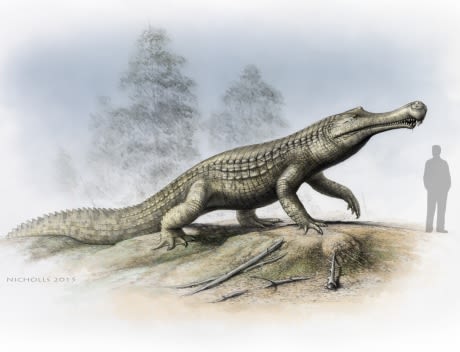
Sarcosuchus reached 12 m in length and weighed up to eight metric tonnes (Paleocreations/Imperial College London)
Sarcosuchus reached 12 m in length and weighed up to eight metric tonnes (Paleocreations/Imperial College London)
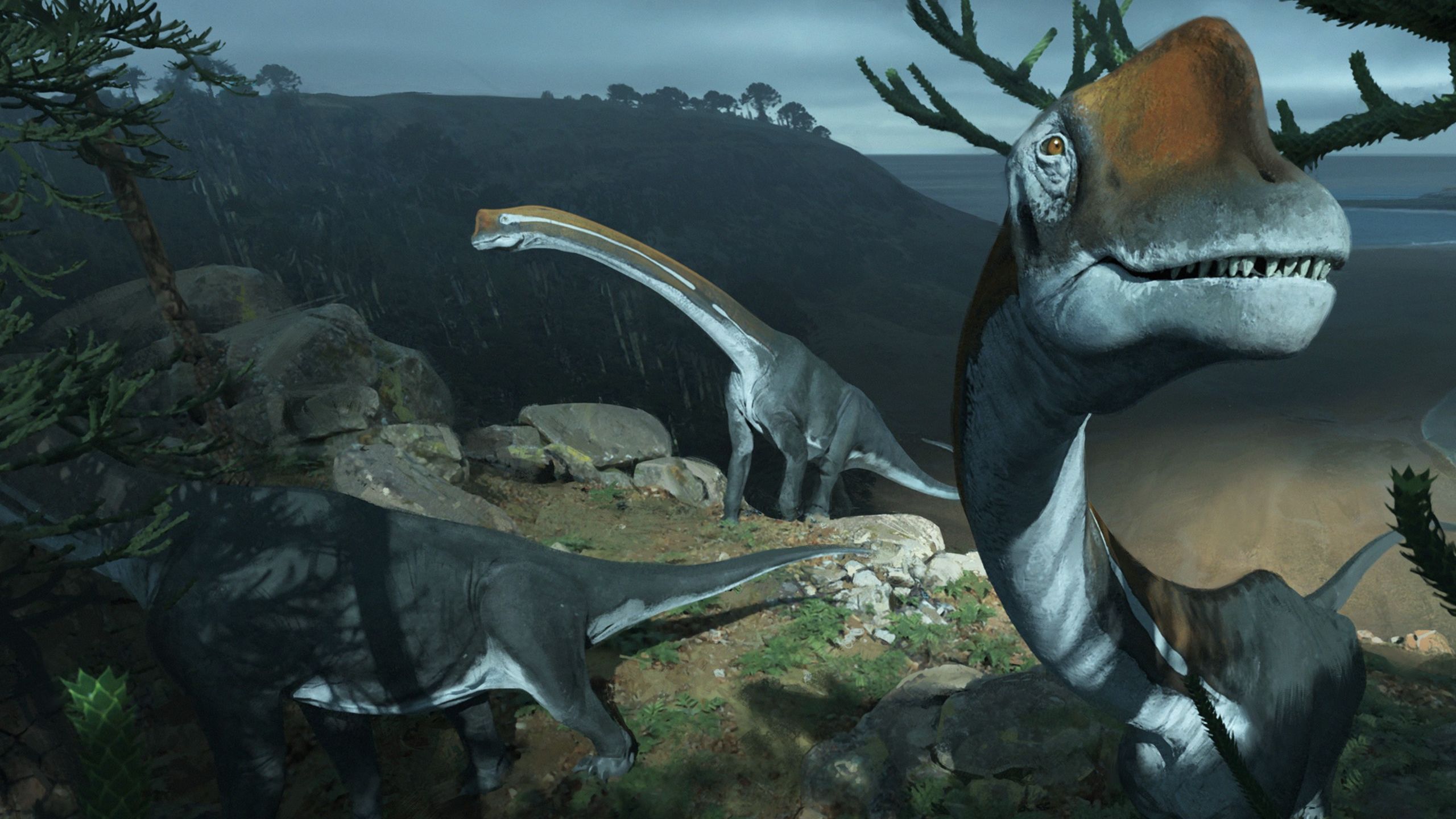
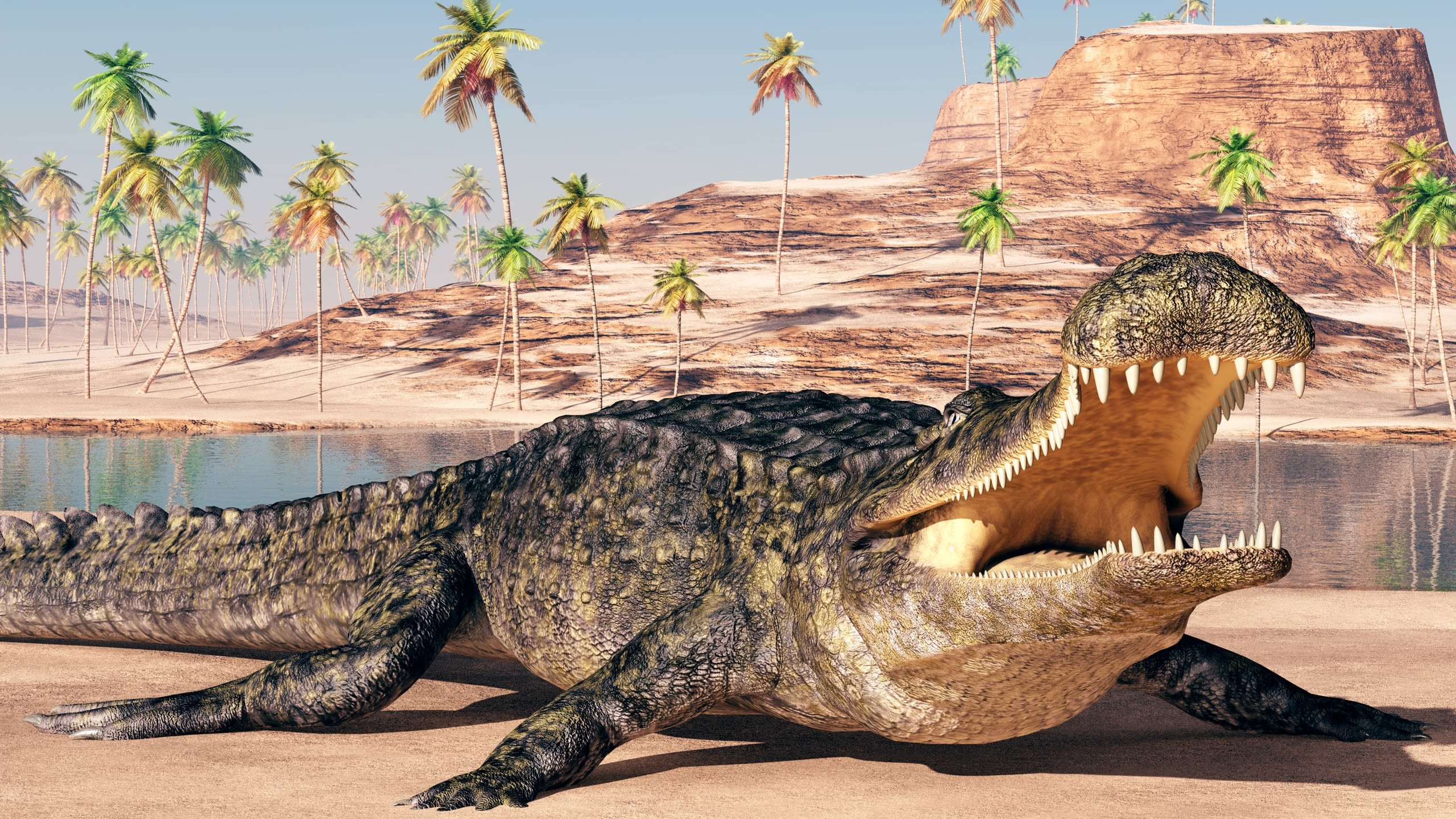
145 million years ago: Jurassic/Cretaceous boundary
The heyday of the crocodilians ended 145 million years ago as the changing climate and fluctuating sea levels caused a mass extinction event – 79 million years before the asteroid impact which destroyed the dinosaurs.
Changing sea levels led to a reduction of shallow marine environments such as swamps and lagoons which were the primary hunting grounds of many species of crocodilians. Around 80 per cent of crocodilian species were wiped out in the extinction event between the Jurassic and Cretaceous periods.
Researchers at Imperial found that this extinction event coincided with the origin of modern marine turtles, whose ancestors were hunted by crocodilians.
Dr Jon Tennant, lead author of the study from the Department of Earth Science and Engineering at Imperial, said: “This major extinction of crocodilians was literally a case of out with the old and in with the new for many species. Marine turtles, the gentle, graceful creatures of the sea, may have been some of the major winners from this changing of the old guard. They began to thrive in oceans around the world when their ferocious arch-predators went into terminal decline.”
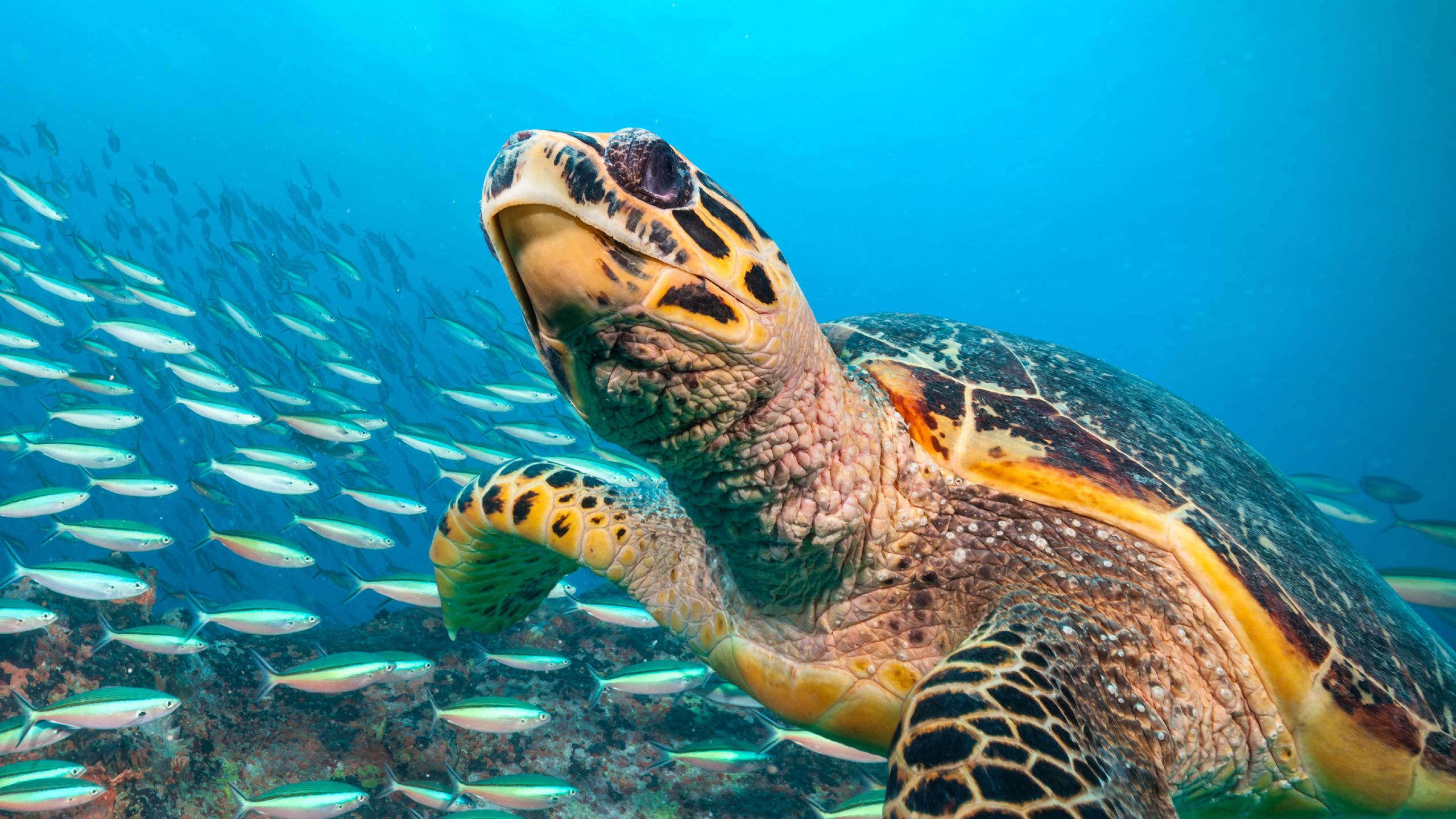
145 – 66 million years ago: Cretaceous Period
The Cretaceous Period was the longest of the three periods of the Mesozoic Era, spanning for over 79 million years. During this period, the continents completely separated, causing dinosaurs and other life forms to evolve independently of each other.
Ancient Rainforest in Antarctica
An international team of geoscientists, including Imperial researchers, found evidence that rainforests existed near the South Pole 90 million years ago, during the heyday of the dinosaurs. This suggested that the climate was a lot warmer than previously thought.
The researchers discovered forest soil from the Cretaceous period just 900km away from the South Pole. The soil contained preserved roots, spores and pollen. The findings suggest that average temperature of the region was 12 degrees centigrade and that there was no polar ice cap.
Co-author Professor Tina van de Flierdt, from the Department of Earth Science & Engineering at Imperial, said: “The preservation of this 90-million-year-old forest is exceptional, but even more surprising is the world it reveals. Even during months of darkness, swampy temperate rainforests were able to grow close to the South Pole, revealing an even warmer climate than we expected.”
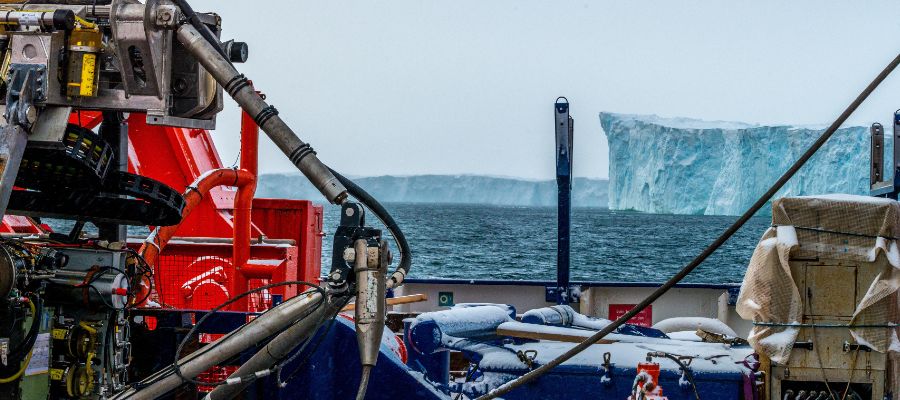
Research vessel approaching Antarctica (Imperial College London)
Research vessel approaching Antarctica (Imperial College London)
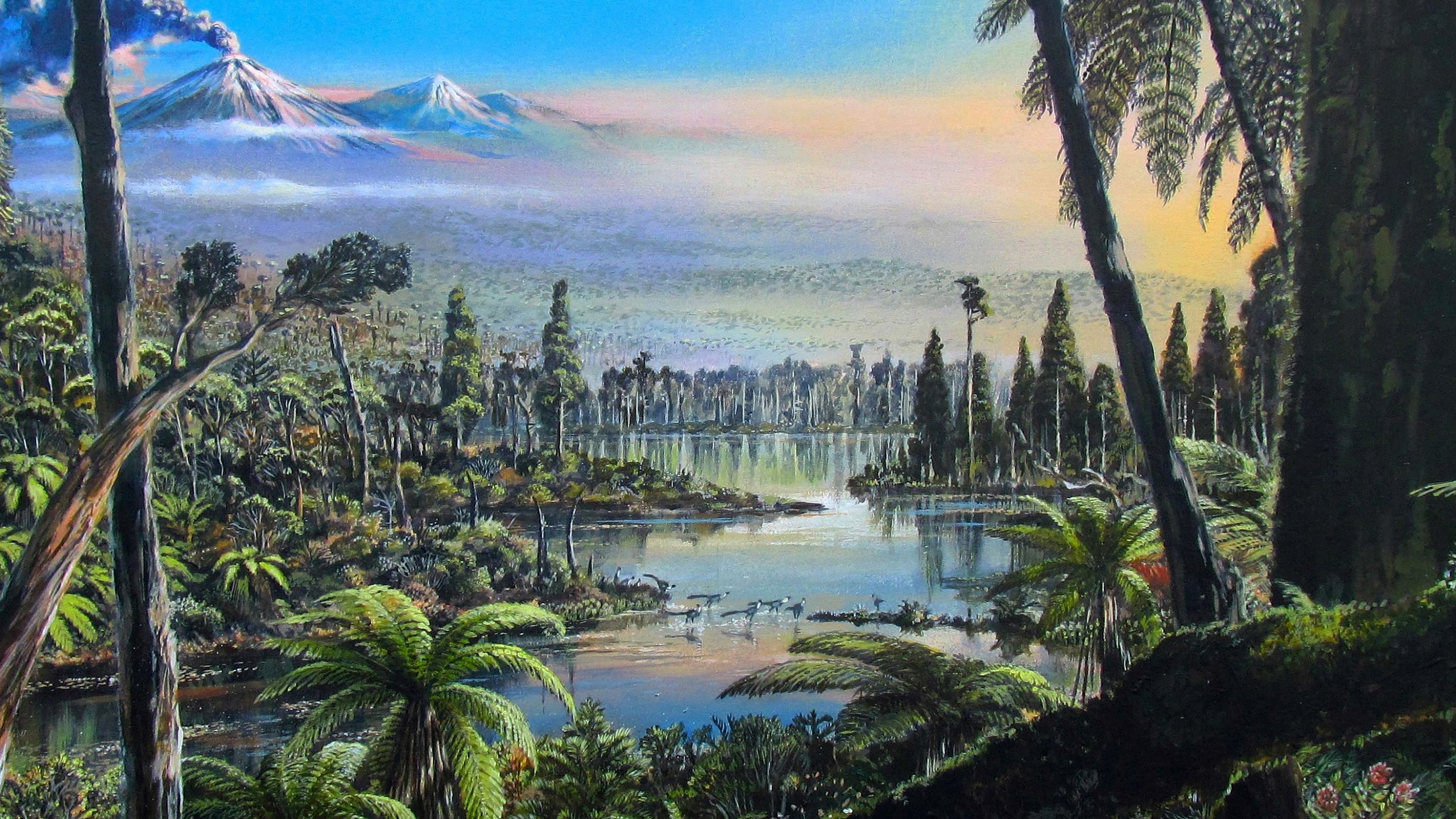
100 – 66 million years ago: Late Cretaceous Period
Despite the changing climate, dinosaurs were thriving prior to the asteroid impact which wiped out 75 per cent of life on Earth 66 million years ago.
While scientists largely agree that an asteroid impact was responsible for the demise of the dinosaurs, there has been debate around whether dinosaurs were flourishing or if they were already headed towards a mass extinction event that would have wiped them out regardless.
Researchers had previously used fossil records and mathematical modelling to find that dinosaurs were already in decline due to millions of years of climate change, with the number and diversity of species already falling prior to the asteroid impact which ultimately triggered the mass extinction event.
However in 2019 a team of researchers from Imperial, UCL and the University of Bristol modelled the changing environment and dinosaur species distribution in North America and found that dinosaurs were likely not in decline before the meteorite hit. The study found that changing conditions for fossilisation means that previous analyses of the number of dinosaur species may have been underestimated.
Lead author Dr Alessandro Chiarenza said the “dinosaurs were likely not doomed to extinction until the end of the Cretaceous, when the asteroid hit."

Life after the dinosaurs
Despite the destruction, the asteroid’s ‘ground zero’ grew to house a thriving ecosystem, including microscopic plants that supported a diverse community of microfossils in the surface waters and on the seafloor.
Within just 30,000 years of impact, Mexico’s Chicxulub crater fostered a thriving ecosystem - a much faster recovery than many impact sites around the world. By contrast, it took other areas on the planet, such as the North Atlantic and other areas in the Gulf of Mexico, over 300,000 years to recover to the same levels.
In April and May 2016, an international team of scientists undertook an offshore expedition and drilled into part of the Chicxulub impact crater. Their mission was to retrieve samples from the rocky inner ridges of the crater - known as the ‘peak ring’ - drilling up to 1,335 metres below the modern-day sea floor to understand more about the ancient cataclysmic event.
For her work on the crater, Professor Morgan became the first UK recipient of the Barringer Medal.
“This medal is an exceptional award that recognises an outstanding scientist. Professor Morgan’s work on the “Crater of Doom” is both exciting and inspiring,” said Professor Mark Sephton, Head of the Department of Earth Science and Engineering. “The evidence she has uncovered provides an insight into one of the most cataclysmic events in Earth history.”
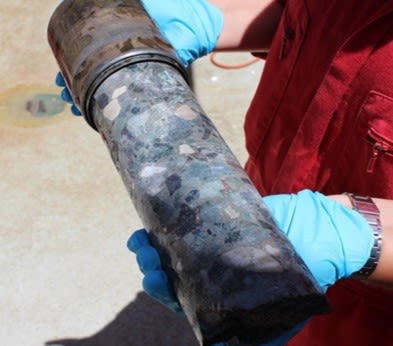
Drill core from the rocky inner edges of the crater (Joanna Morgan)
Drill core from the rocky inner edges of the crater (Joanna Morgan)

What became of the crocodilians?
While the mass extinction event wiped out most of the dinosaurs, many crocodilians survived. Imperial researchers found that the Cretaceous-Paleogene extinction event had a positive impact on the remaining species, which were able to branch out into habitats that had become unoccupied.
Cooling climates have since led to a decline in the number of crocodilian species, and only 23 remain today.
“Crocodilians are known by some as living fossils because they’ve been around since the time of the dinosaurs,” said Dr Philip Mannion, joint lead author of the study.
“Millions of years ago these creatures and their now extinct relatives thrived in a range of environments that ranged from the tropics to northern latitudes and even deep in the ocean. However, all this changed because of changes in the climate, and crocodilians retreated to the warmer parts of the world.
“While they have a fearsome reputation, these creatures are vulnerable and looking back in time we’ve been able to determine what environmental factors had the greatest impact on them. This may help us to determine how they will cope with future changes.”
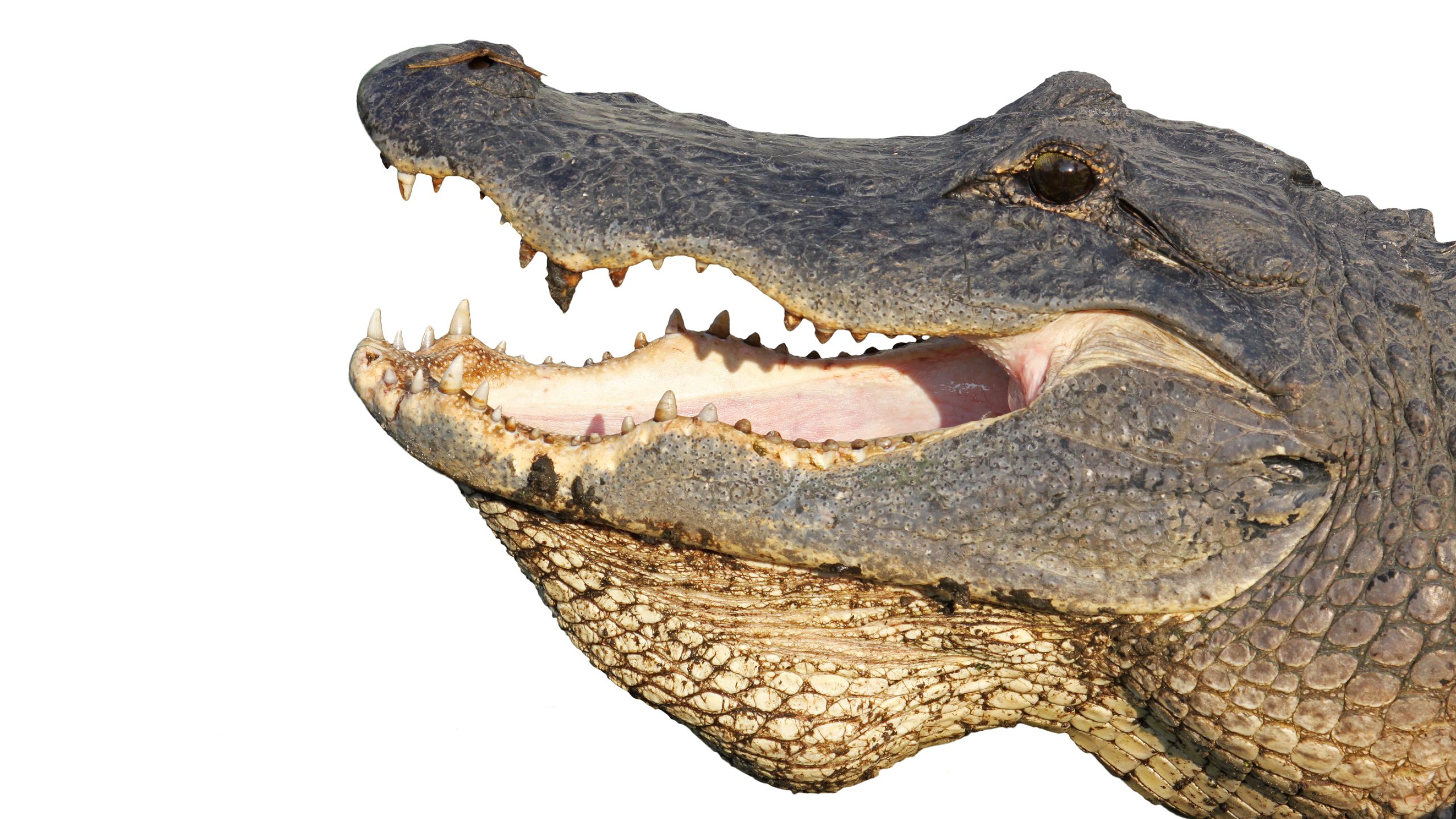
Moving forward
Imperial's award-winning research continues to be instrumental in tracking and understanding the dinosaurs’ demise from dominance to doom.
By looking at the events leading up to the extinction of dinosaurs and other species, scientists can better understand how the changing climate impacts current species.
As we learn about what led to the extinction of the once-dominant reptiles, we discover more about the world around us and the universe we live in.
